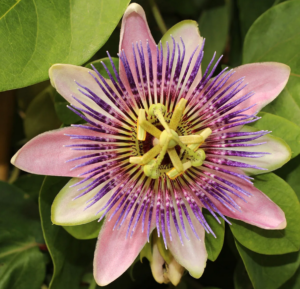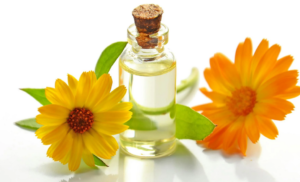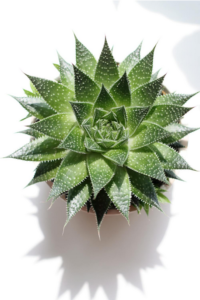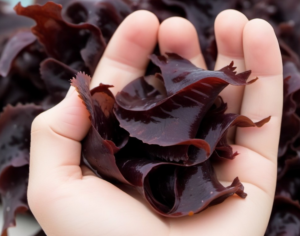Aloe vera is often hailed as the “plant of immortality,” and has been treasured for its medicinal properties for centuries. It is believed to have originated in the Arabian Peninsula from where it garnered a rich history of use in various cultures worldwide. Today, it is extensively cultivated for its therapeutic benefits which range from skincare to digestive health. In this article, we will explore how aloe vera supports green living and is sustainable.
Varieties of Aloe Plants

There are over 400 species of aloe plants, but Aloe vera (Aloe barbadensis miller) is the most commonly cultivated for its medicinal and cosmetic uses and is the most common. Some other notable species include Aloe arborescens and Aloe ferox. Each comes with its unique properties and benefits.
Aloe Vera for Skincare

The most common species, i.e. Aloe vera, stands out for its exceptional skincare properties. This is because the gel extracted from its leaves is rich in vitamins, minerals, enzymes, and amino acids that help nourish and rejuvenate the skin. It also possesses anti-inflammatory and antimicrobial properties which make it effective in treating sunburns, acne, and various skin conditions[1].
Aloe Vera’s Environmental Impact
Aloe vera cultivation offers several environmental benefits too. Unlike many other crops, aloe requires minimal water and can thrive in arid conditions too. This reduces the strain on water resources. Additionally, it is also resilient to pests and diseases which decrease the need for chemical pesticides. Moreover, aloe plants help improve soil quality which helps prevent erosion and promotes biodiversity.
Sustainable Practices in Aloe Vera Farming
Many aloe vera farms prioritize sustainable practices to minimize their environmental footprint. These practices include organic farming methods, such as composting and natural pest control. These help reduce reliance on synthetic chemicals. Furthermore, some farms also implement water-saving techniques like drip irrigation to optimize water usage and minimize waste.
Aloe Vera for Green Living

Incorporating aloe vera into your lifestyle aligns with the principles of green living and sustainability. When you opt for natural skincare products containing aloe vera, you reduce your reliance on synthetic chemicals and support eco-friendly farming practices. Furthermore, if you want full control, you can cultivate aloe plants at home too. This serves as a sustainable source of medicinal and cosmetic ingredients thus promoting self-sufficiency and environmental consciousness. Moreover, aloe vera is also known to purify air.
FAQs
How many aloe plants are there?
There are over 400 species of aloe plants, but Aloe vera is the most widely cultivated for its medicinal and cosmetic uses.
Which aloe plant is good for the skin?
Aloe vera (Aloe barbadensis miller) is renowned for its skincare benefits due to its rich concentration of vitamins, minerals, and antioxidants.
Is aloe vera good for the environment?
Yes, aloe vera cultivation can be environmentally beneficial. It requires minimal water, is resilient to pests, and can improve soil quality, contributing to sustainable agricultural practices.
What’s more? Learn more about some other natural herbs such as neem oil and explore their benefits.





